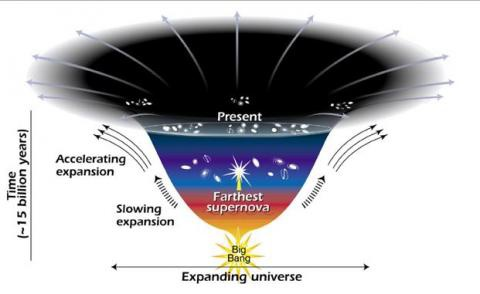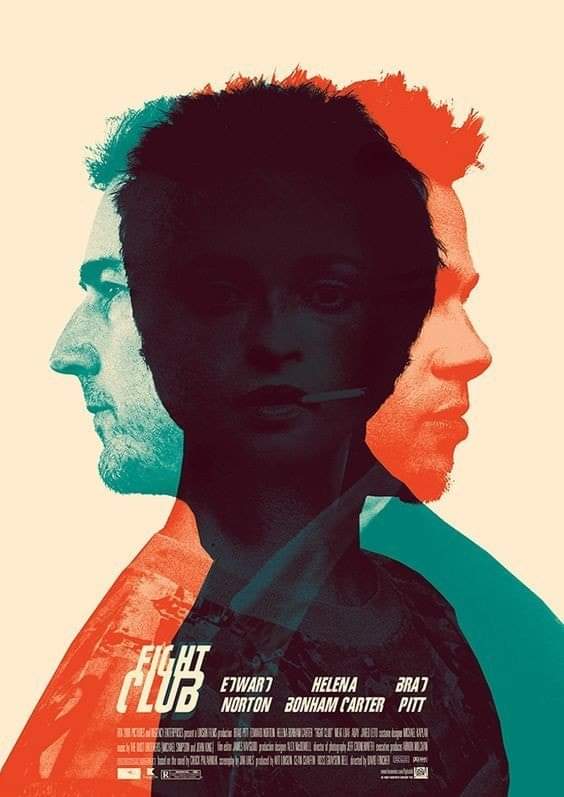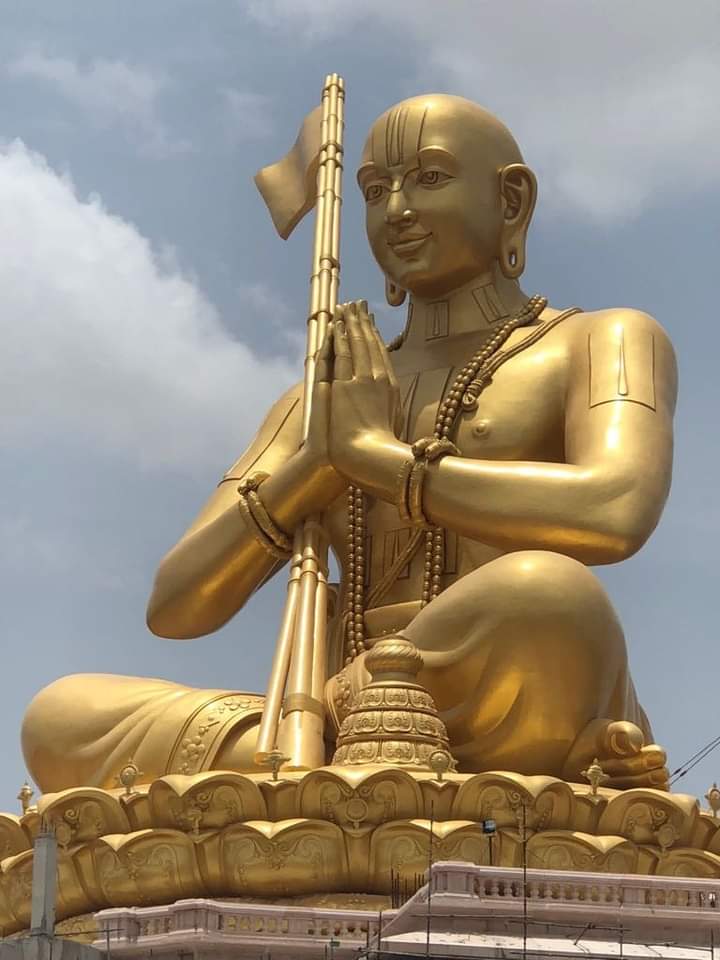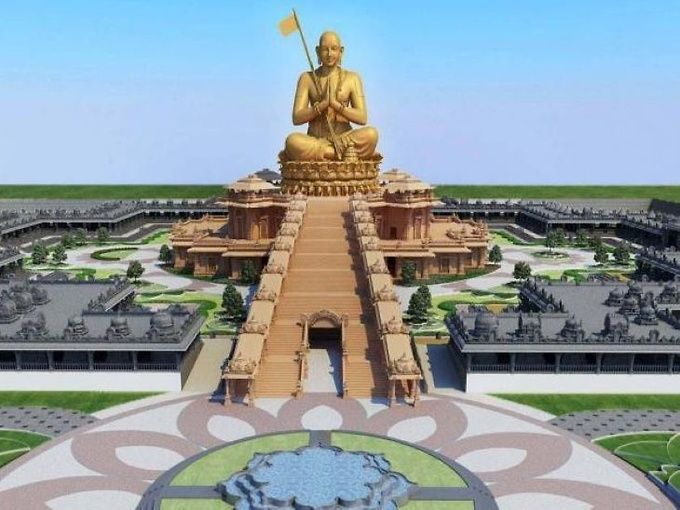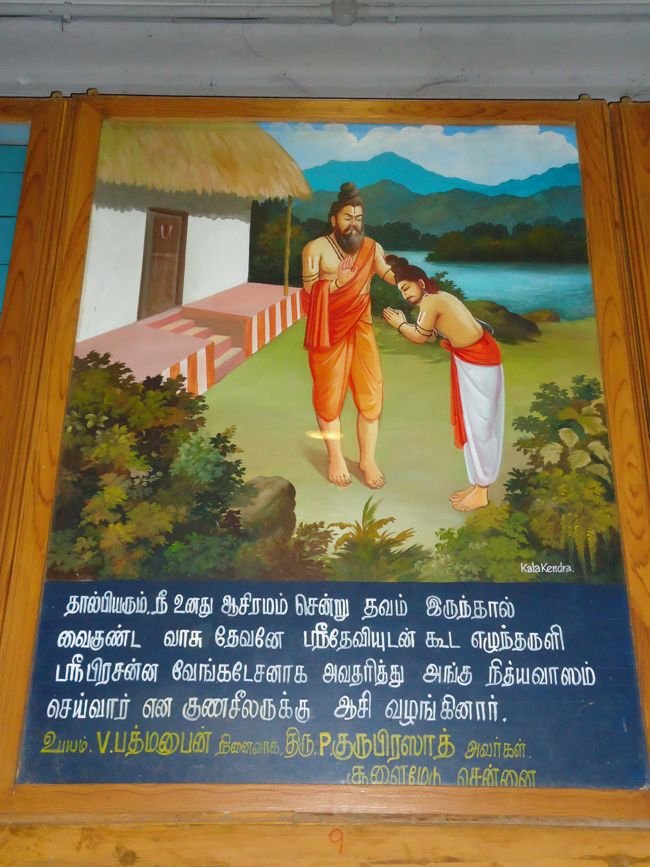YAGYOPAVEET - A FORM OF GAYATRI
Yagyopaveet ( wearing the sacred thread ) symbolises, in itself the realisation of the supreme truth behind the Gayatri Philosophy.

More from AKASH
LEO SZILARD - THE MAN WHO OWNED THE PATENT ON ATOMIC BOMB & CHANGED THE WORLD
Leo Szilard, an almost unknown scientist in today's times, made some surprising important contributions to science and society. Give in ur 10 mins to this thread bcoz ur mind is about to be blown.
1/
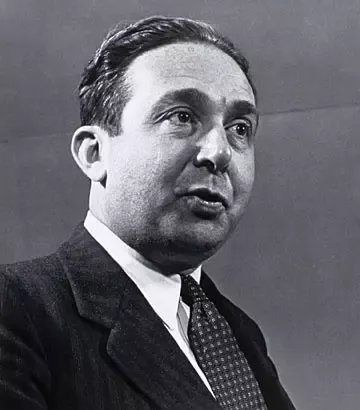
Szilard owned the patent on the atomic bomb - (https://t.co/MLq4JXPxVs). Pause for a minute and let that last statement sink in - there was a patent on the atomic bomb and this man owned it. The neutron was discovered in 1932 by James Chadwick and soon after, Szilard invented
2
and patented the idea of a neutron based nuclear chain reaction in 1933-34, which also describes the resulting explosion.
In his university days, Szilard took courses from Einstein, who also highly praised Szilard's doctoral thesis.
3/
In the late 1920s, they worked together to develop refrigerators with no moving parts and they shared a few patents on those. Yes - Einstein had patents on refrigerators. Unfortunately, these refrigerators never became a commercial success,
4/
though a form of such refrigerators are still used today in nuclear power plants. Einstein and Szilard were very good friends throughout their lives. After discovery of fission in 1938,
5/
Leo Szilard, an almost unknown scientist in today's times, made some surprising important contributions to science and society. Give in ur 10 mins to this thread bcoz ur mind is about to be blown.
1/

Szilard owned the patent on the atomic bomb - (https://t.co/MLq4JXPxVs). Pause for a minute and let that last statement sink in - there was a patent on the atomic bomb and this man owned it. The neutron was discovered in 1932 by James Chadwick and soon after, Szilard invented
2
and patented the idea of a neutron based nuclear chain reaction in 1933-34, which also describes the resulting explosion.
In his university days, Szilard took courses from Einstein, who also highly praised Szilard's doctoral thesis.
3/
In the late 1920s, they worked together to develop refrigerators with no moving parts and they shared a few patents on those. Yes - Einstein had patents on refrigerators. Unfortunately, these refrigerators never became a commercial success,
4/
though a form of such refrigerators are still used today in nuclear power plants. Einstein and Szilard were very good friends throughout their lives. After discovery of fission in 1938,
5/
More from All
You May Also Like
1/“What would need to be true for you to….X”
Why is this the most powerful question you can ask when attempting to reach an agreement with another human being or organization?
A thread, co-written by @deanmbrody:
2/ First, “X” could be lots of things. Examples: What would need to be true for you to
- “Feel it's in our best interest for me to be CMO"
- “Feel that we’re in a good place as a company”
- “Feel that we’re on the same page”
- “Feel that we both got what we wanted from this deal
3/ Normally, we aren’t that direct. Example from startup/VC land:
Founders leave VC meetings thinking that every VC will invest, but they rarely do.
Worse over, the founders don’t know what they need to do in order to be fundable.
4/ So why should you ask the magic Q?
To get clarity.
You want to know where you stand, and what it takes to get what you want in a way that also gets them what they want.
It also holds them (mentally) accountable once the thing they need becomes true.
5/ Staying in the context of soliciting investors, the question is “what would need to be true for you to want to invest (or partner with us on this journey, etc)?”
Multiple responses to this question are likely to deliver a positive result.
Why is this the most powerful question you can ask when attempting to reach an agreement with another human being or organization?
A thread, co-written by @deanmbrody:
Next level tactic when closing a sale, candidate, or investment:
— Erik Torenberg (@eriktorenberg) February 27, 2018
Ask: \u201cWhat needs to be true for you to be all in?\u201d
You'll usually get an explicit answer that you might not get otherwise. It also holds them accountable once the thing they need becomes true.
2/ First, “X” could be lots of things. Examples: What would need to be true for you to
- “Feel it's in our best interest for me to be CMO"
- “Feel that we’re in a good place as a company”
- “Feel that we’re on the same page”
- “Feel that we both got what we wanted from this deal
3/ Normally, we aren’t that direct. Example from startup/VC land:
Founders leave VC meetings thinking that every VC will invest, but they rarely do.
Worse over, the founders don’t know what they need to do in order to be fundable.
4/ So why should you ask the magic Q?
To get clarity.
You want to know where you stand, and what it takes to get what you want in a way that also gets them what they want.
It also holds them (mentally) accountable once the thing they need becomes true.
5/ Staying in the context of soliciting investors, the question is “what would need to be true for you to want to invest (or partner with us on this journey, etc)?”
Multiple responses to this question are likely to deliver a positive result.



